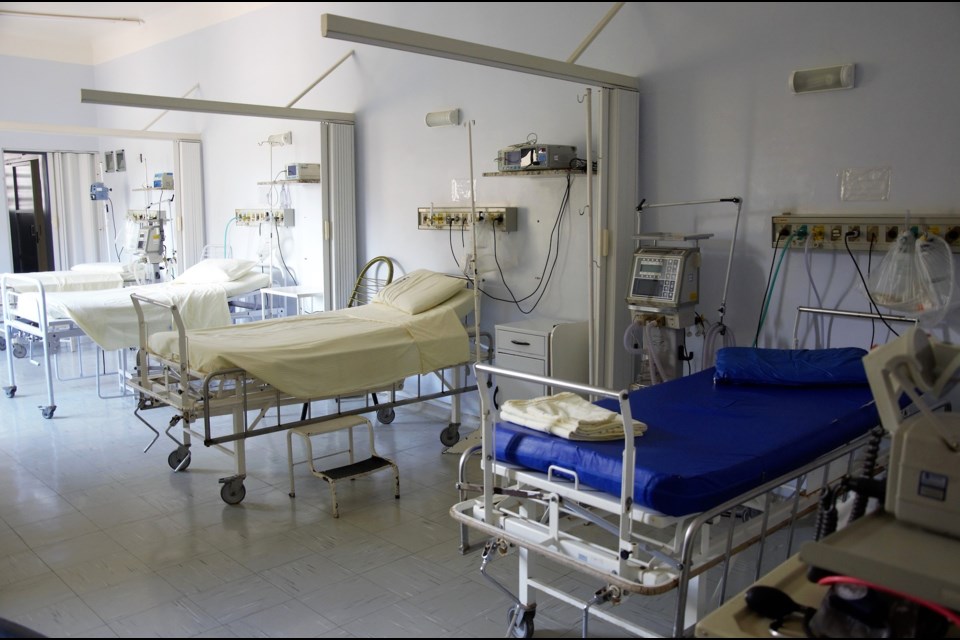THUNDER BAY - Proposed cuts to hospital funding in the province will be reminiscent of the days of the Mike Harris government ,according to a new report prepared by the Canadian Union of Public Employees, which warns the Ford government will not alleviate hallway medicine, it will make it common place.
“You are going to be swamped is the bottom line,” said Michael Hurley, president of Ontario Council of Hospital Unions with CUPE. “Where are these people going to be cared for? They are either not going to get care or they are going to be stacked in hallways waiting for care.”
According to the research report, Protecting What Matters: Conservative Cuts on Track to Wreak Havoc on our Hospitals, released by CUPE on Tuesday, the provincial government’s plan to cut more than $8 billion from health care as part of its 2023/24 fiscal plan will include $5.2 billion in unannounced and unidentified cost savings.
When taking into consideration population growth and an aging demographic, the real per capita cuts equal more than 15 per cent over five years.
If that level of cuts were implemented today, it would mean more than 4,000 fewer beds in Ontario hospitals and more than 28,000 fewer staff. In Thunder Bay, it would mean a shortage of 84 hospital beds and 497 staff, including nurses, laboratory staff, support staff, and specialists.
“How can you possibly, credibly argue that you are dealing with the problem of ending hallway medicine if you make an $8 billion cut over five years to hospitals and health care budgets which are already underfunded,” Hurley said.
These cuts will be felt particularly hard in the Northwest region because of an aging demographic and higher rates of chronic diseases. Mental health services, addiction services, and long-term care will also be impacted, Hurley said.
“You just can’t avoid the demographics here,” Hurley added. “The people in Thunder Bay and vicinity are aging, increasingly services are being concentrated in Thunder Bay, and people are coming here for services.”
The report compares these new austerity measures to Progressive Conservative cuts under the Mike Harris government in the 1990s, which saw health care funding slashed by 15 per cent.
“What was really unfortunate about that period is we had deep, deep budget cuts to the hospitals,” Hurley said.
“Here we have budget cuts that are quite comparable but they are happening along this budget access so they are happening in intensity going forward in time, where Harris made a big dramatic cut right off the bat of 15 per cent and flat lined from there. These build to a crescendo, so these get progressively worse.”
The Harris government reversed its austerity policy two years after it was implemented due to public pressure and spending was increased by 8 per cent.
With town hall meetings, rallies, and petitions planned throughout the province, Hurley is hopeful public pressure will once again force the provincial government to reverse these funding cuts.
“These cuts have to be reconsidered,” Hurley said. “What is required to deal with the problem of ending hallway medicine is actually acknowledging the fact that we need to make an investment in hospitals in Ontario, in terms of increasing their bed capacity and staff levels over the period when we are going to face a challenge of the aging population.”
